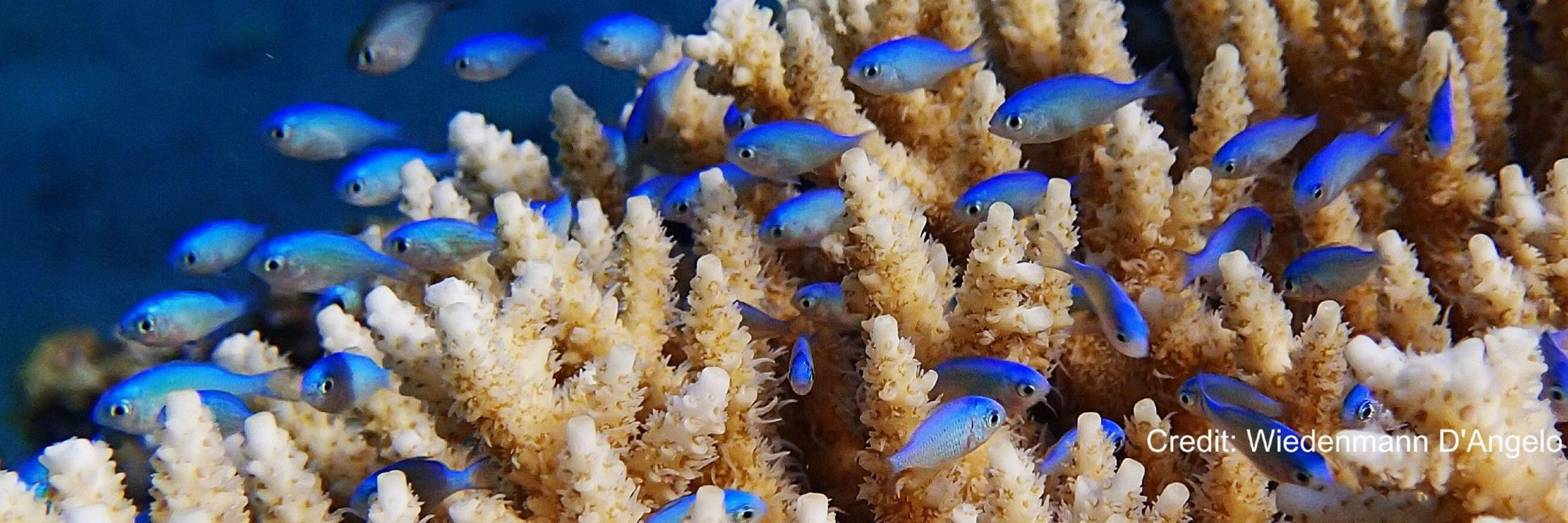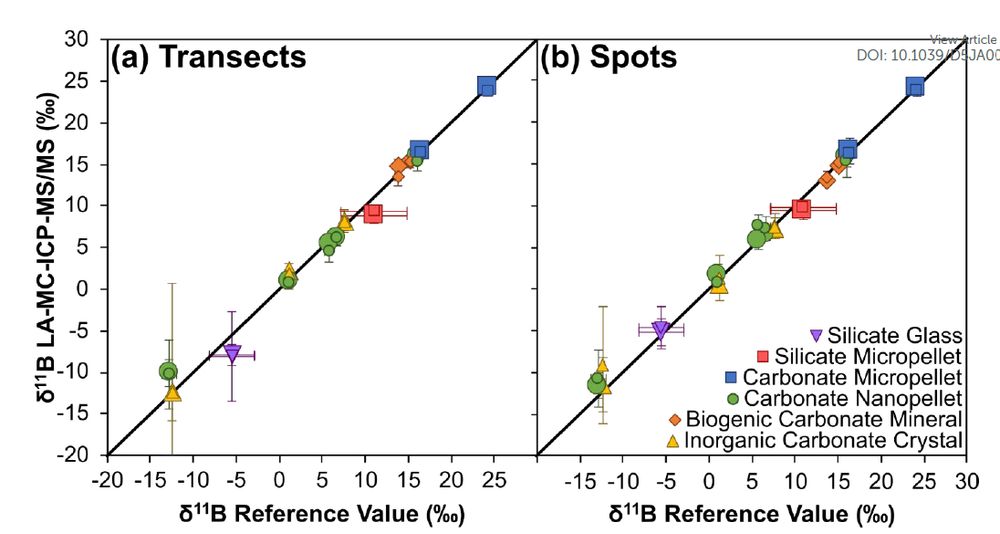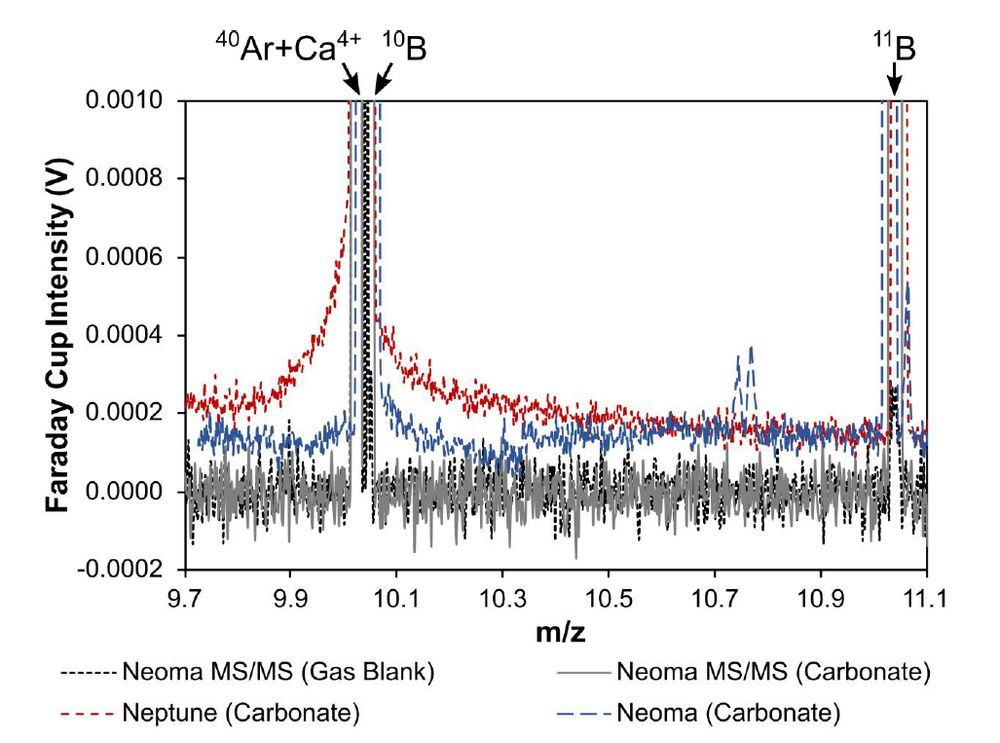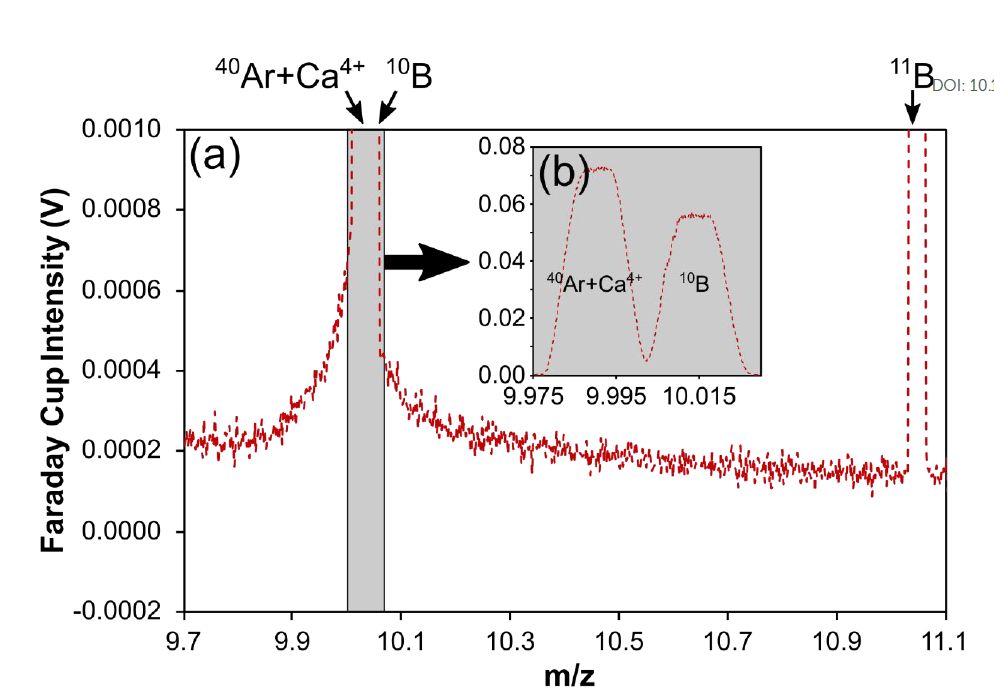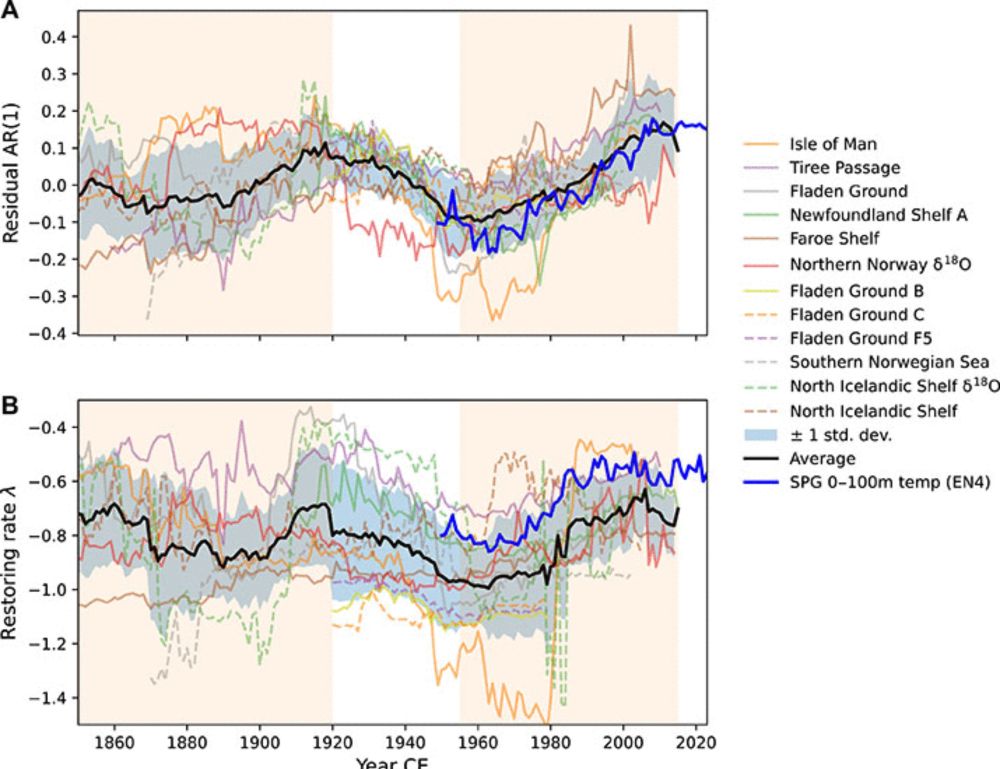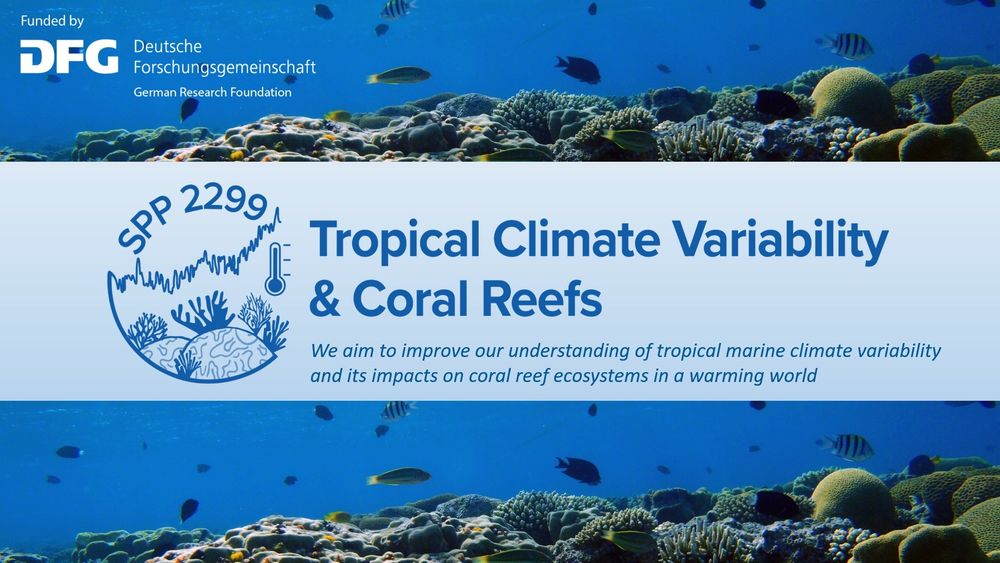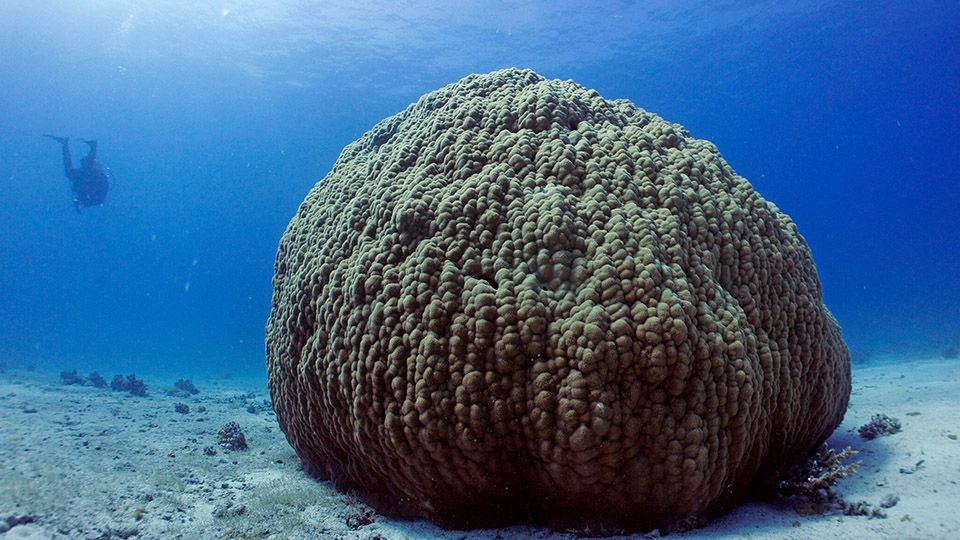Gavin Foster
@thefosterlab.bsky.social
2.8K followers
800 following
450 posts
Palaeoclimatologist and isotope geochemist at the University of Southampton. Love/hate relationship with mass spectrometers. Researcher of climate science, coral reefs, biomineralisation, laser ablation, isotopes and geology. Views my own
Posts
Media
Videos
Starter Packs
Pinned
Reposted by Gavin Foster
Ian Hall
@ianhall.bsky.social
· 20h

Ocean heatwaves are breaking Earth’s hidden climate engine
Marine heatwaves can jam the ocean’s natural carbon conveyor belt, preventing carbon from reaching the deep sea. Researchers studying two major heatwaves in the Gulf of Alaska found that plankton shif...
www.sciencedaily.com
Reposted by Gavin Foster
Reposted by Gavin Foster
Reposted by Gavin Foster
Reposted by Gavin Foster
Reposted by Gavin Foster
Reposted by Gavin Foster
Reposted by Gavin Foster
Reposted by Gavin Foster
Reposted by Gavin Foster
Reposted by Gavin Foster
Reposted by Gavin Foster
Reposted by Gavin Foster
Reposted by Gavin Foster
